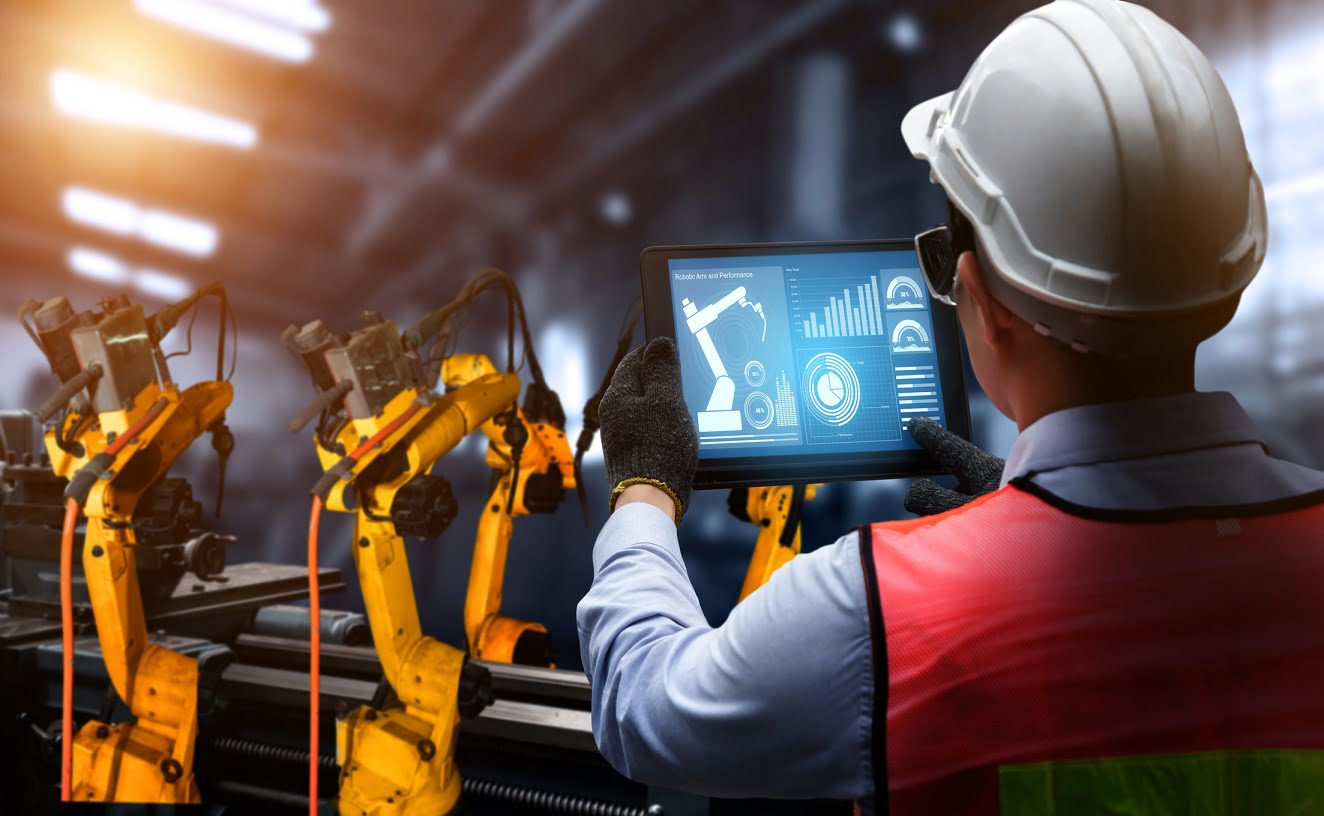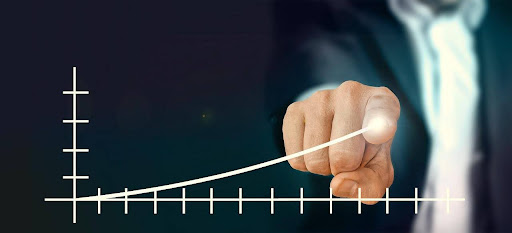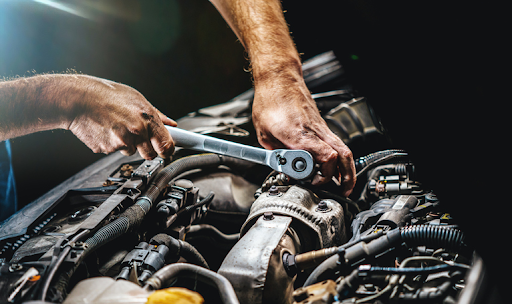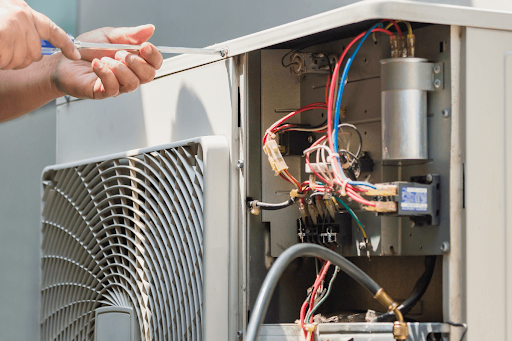Types of Maintenance Programs Required for Industrial Areas

Industrial areas are not easy to maintain, and extra care is needed for their maintenance. One of the main reasons is that industrial areas often involve the use of hazardous materials and equipment, which can pose risks to workers and the surrounding community if not properly managed. Industrial areas also often generate a large amount of waste and pollutants, which have negative impacts on the environment if not addressed appropriately. Industrial areas can be more susceptible to accidents and emergencies, which can have serious consequences if not promptly dealt with.
It is important to have proper safety measures and protocols in place to reduce the risks and ensure the well-being of those working in and living near industrial areas. The types of maintenance programs for the industrial sector are briefed in this article.
Preventive Maintenance
This type of maintenance involves regularly inspecting and servicing equipment and systems to prevent breakdowns and ensure that they are operating at optimal levels. In industries, preventive maintenance should be carried out on a frequent basis because most of the reported industrial accidents are due to negligence and lack of prevention at the site, which can be avoided firsthand. Preventive maintenance includes fire system maintenance, cleaning, and greasing of machines, installing and inspecting safety devices, replacing worn-out parts, etc.
Predictive Maintenance
This type of maintenance involves using sensors and other monitoring technologies to predict when equipment is likely to fail so that repairs can be made before a breakdown occurs. In case of emergency during predictive maintenance, Pontoon Pump Station can help industries with gears and infrastructures that are needed to be replaced or installed.
Typical steps of this kind of maintenance involve; identifying the equipment that needs to be monitored, choosing the right monitoring technologies, setting up the monitoring system, collecting and analyzing data, and taking action based on the data.
Corrective Maintenance
This type of maintenance involves repairing equipment or systems after they have broken down or are not functioning properly. Corrective maintenance can be avoided if the gears, tools, and machines are checked and examined on daily basis, however, unforeseen circumstances can occur anytime which can call for immediate corrective maintenance. It involves steps like identifying the fault, arranging the right equipment to solve the problem, and taking appropriate action. Corrective maintenance is carried out by professional workers as it is a mechanic-based task.
Emergency Maintenance
This type of maintenance involves addressing urgent issues or failures that require immediate attention. Emergency maintenance can pose a threat or risk to the workers or industry itself, like sudden fire eruption, electric breakdown, issues in the automated machine working, etc. Emergency maintenance can be unpredictable and may require rapid response and decision-making. It is important to have a plan in place and be prepared to respond to emergencies in a timely and effective manner.
Planned Maintenance
This type of maintenance involves shutting down equipment or systems in order to perform maintenance or repairs. Often the industries run annual or six-monthly planned maintenance, when workers are given a general off from the work, and maintenance professionals examine the equipment and machines in detail.
See Also: Jumbotail series 44msinghtechcrunch.






